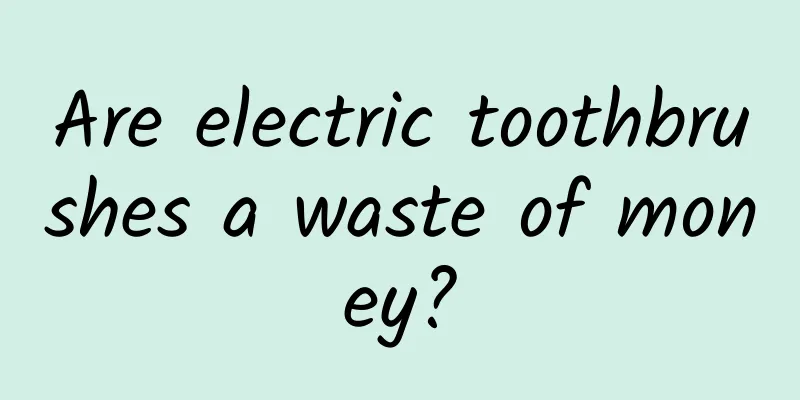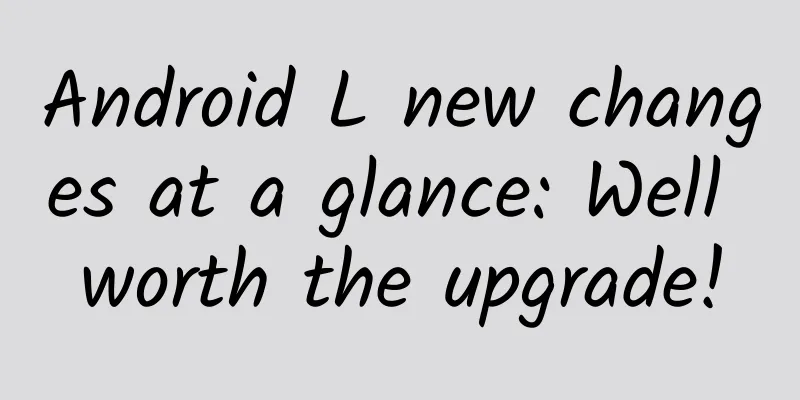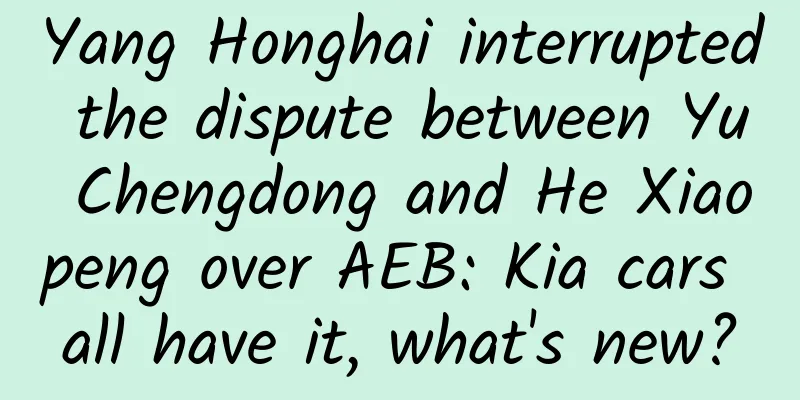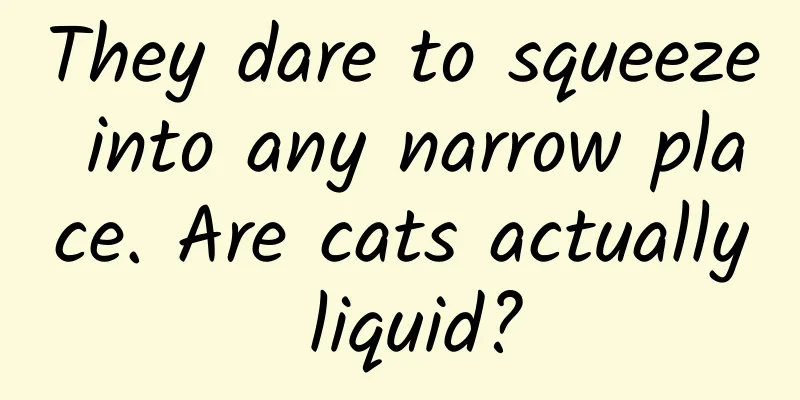Nokia's lesson is not far away. Toyota, which lacks a supply chain, will inevitably be unable to support itself in hydrogen energy.
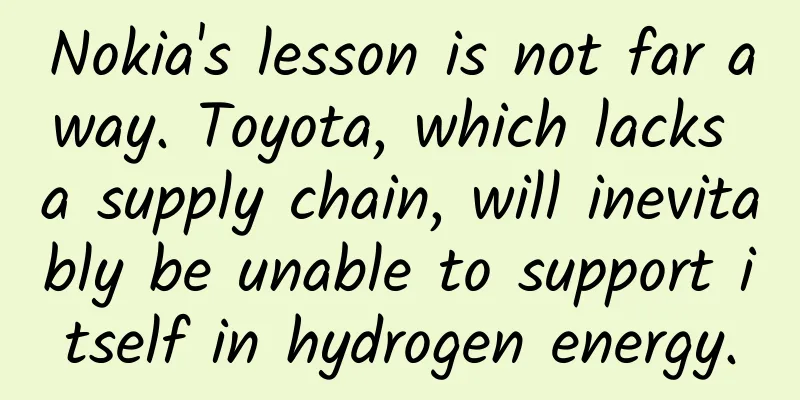
|
In 2007, Steve Jobs brought the first generation of iPhone to the world. At that time, Nokia, the global mobile phone giant, did not realize that it was about to fall into a quagmire, but chose to continue to stick to the Symbian camp and was eventually abandoned by the times. The same scenario is now being played out in another company. Toyota, the world's top automaker in 2023, seems to be drifting away from the era of electrification. Recently, Toyota Motor Chairman Akio Toyoda said at the Tokyo Auto Salon that the company has launched a new engine development project. He said: "We believe that pure electric vehicles are not the only way to achieve carbon neutrality, so Toyota has been committed to the research of hydrogen engines in the past three years." In fact, in the field of new energy vehicles, Toyota is one of the pioneers. The company released the Prius in 1997, which is the world's first mass-produced hybrid vehicle and has long been leading in sales. However, in the era of pure electric vehicles, Toyota's movements can only be described as "slow". Compared with its competitors, Toyota is at a disadvantage both in terms of release time and number of models. Tesla, the current leader in the electric vehicle field, released its first pure electric vehicle Roadster in 2008, and then quickly seized the market with Model S, Model X, Model 3 and Model Y. This year, it continued to build on its success and began delivering Cybertruck. In 2023, Tesla's global production of electric vehicles was 1.85 million, a year-on-year increase of 35%, and its annual delivery volume was 1.81 million, a year-on-year increase of 38%. Last year, the company's sales in the United States even exceeded Subaru, BMW and Volkswagen, accounting for 4.2% of the total US auto market. In addition to Tesla, established automakers such as Ford, GM, Stellantis and Volkswagen have also released their own electrification goals. Take Volkswagen as an example. The company promised that by 2030, more than 70% of the cars sold in Europe will be fully electrified, and more than 50% of sales in the United States and China will come from pure electric models. In the domestic market, a number of mature car companies and new energy brands are also constantly releasing electric models, relying on favorable policies to seize the market. BYD, which did not perform well in the era of fuel vehicles, announced that it would abandon the fuel vehicle business and focus on new energy vehicles. This strategy has indeed brought success to BYD. In the fourth quarter of 2023, the brand's sales even surpassed Tesla, becoming the world's best-selling electric vehicle brand in that quarter. In contrast, Toyota has not released any new electric models after Prius. It was not until 2022 that the company released its first pure electric vehicle bZ4X, which was nicknamed "Verification Code". However, as Toyota's first pure electric vehicle, this model did not make a splash in the market. Instead, it was recalled shortly afterwards due to defects in the wheel bolts. In April 2023, Toyota bZ3 was launched on the market. This is a pure electric vehicle developed by Toyota and BYD. However, Toyota's attempt did not achieve the expected success. Toyota has always been pessimistic about pure electric vehicles. Against the backdrop of the global development of electric vehicles, Toyota is not interested in this technology and instead places its hopes on hydrogen power technology. In 2014, Toyota released the MIRAI hydrogen fuel cell car. Toyota said that hydrogen-powered cars have advantages such as no pollution, long driving range, and fast hydrogen refueling. However, in the eyes of consumers, the shortcomings of such models are also obvious, such as high prices, too few hydrogen refueling stations, and too difficult hydrogen storage. Currently, the three major economies of China, the United States and Europe are all working hard to develop electric vehicles, providing subsidies to consumers who purchase such vehicles and policy support to related companies, driving the sales of electric vehicles to steadily increase in the past few years. 91che believes that in the context of the global transition to new energy, Toyota still refuses to vigorously develop pure electric vehicles, which may cause the company to gradually move away from the mainstream market. Even if Toyota is not wrong in choosing the right technology tree - hydrogen energy vehicles are better than pure electric vehicles, but in the absence of other major automobile companies, Toyota's efforts to run fast with hydrogen energy may be unsustainable. In addition to car companies, the automotive industry also requires a huge supply chain network. Without sufficient partners and suppliers, Toyota's hydrogen fuel cell vehicles will find it difficult to meet consumer demand. To give a simple example, in order to promote electric vehicles, Tesla has established its own super charging network around the world to provide stable and reliable charging services for car owners. But can Toyota, which is determined to develop hydrogen-powered vehicles, build its own hydrogen refueling station network on its own around the world? Toyota has repeatedly made the wrong choice of technology on the road to new energy vehicles, and it is hard to guarantee that they will not become the second Nokia, watching Tesla become the next Apple, while other rapidly changing car companies will play the role of various brands in the Android camp. At least in terms of market value, Tesla has far surpassed Toyota, with a current market value of nearly $700 billion, while Toyota's is only $264.4 billion. As a winner of Toutiao's Qingyun Plan and Baijiahao's Bai+ Plan, the 2019 Baidu Digital Author of the Year, the Baijiahao's Most Popular Author in the Technology Field, the 2019 Sogou Technology and Culture Author, and the 2021 Baijiahao Quarterly Influential Creator, he has won many awards, including the 2013 Sohu Best Industry Media Person, the 2015 China New Media Entrepreneurship Competition Beijing Third Place, the 2015 Guangmang Experience Award, the 2015 China New Media Entrepreneurship Competition Finals Third Place, and the 2018 Baidu Dynamic Annual Powerful Celebrity. |
<<: Win8.1: It will be dangerous if you don’t upgrade to Update!
>>: These two practices are a waste of smartphones
Recommend
Sharing of iOS network layer architecture design
[[166105]] Preface A few days ago, I helped the c...
I haven't been so excited for a long time! IBM's new chip is more than 10,000 times thinner than a hair
Although Intel is a leader in processor innovatio...
How to check orders in Kuaishou store? How can Kuaishou stores increase transaction volume?
This article mainly introduces how to check orders...
Today is the Great Cold丨We snuggle together beside the warm stove in winter and look forward to the return of spring with you!
"The sky and river are clearing away the nig...
How "anti-human" is the right-angle shoulder? Orthopedic doctors tell the truth...
Review | Li Nannan is the vice president of Hunan...
Will air purifiers be a breakthrough in Internet hardware?
2013 is known as the first year of the explosion ...
Is iOS/iPadOS 14 worth upgrading? Just read this article
After three months of testing, the official versi...
Why is Xiaomi always being hacked? What is the real problem?
At Xiaomi’s autumn new product launch conference ...
Apple iOS 13's new features will always give you a refreshing feeling
2019 has passed, and it has been almost a month s...
Why do old men and women fall in love with internet celebrities “A Smile That Conquers the City” and “Xiu Cai”?
Recently, the elderly group also has their own to...
Don’t know how to do community operations? Try these 5 ideas for user operations
Community operation has been very popular recentl...
Efficient iOS Programming - Keep doing good things and turn them into habits
[[146148]] Habits affect the way a person does th...
5 dimensions to create true “native advertising”
People watch what they want to see, and sometimes...
How New Year's Eve became a mobile carnival
The just concluded Spring Festival Gala of the Ye...
What qualifications are required to use Guangzhou mini programs for e-commerce, and how much does it cost to develop an e-commerce mini program?
According to statistics, in 2021, the transaction ...
